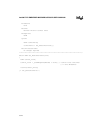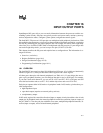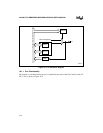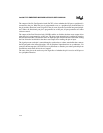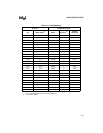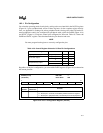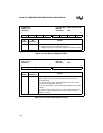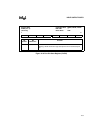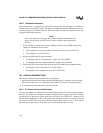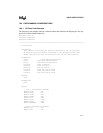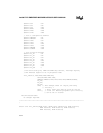
Intel386™ EX EMBEDDED MICROPROCESSOR USER’S MANUAL
16-6
16.2 REGISTER DEFINITIONS
Each port has three control registers and a status register associated with it (Table 16-2). The con-
trol registers (PnCFG, PnDIR, and PnLTC) can be both read and written. The status register (Pn-
PIN) can only be read. All four registers reside in I/O address space.
Table 16-2. I/O Port Registers
Register Address Description
P1CFG
P2CFG
P3CFG
(read/write)
0F820H
0F822H
0F824H
Port
n
Mode Configuration:
Each bit controls the mode of the associated pin.
0 = Selects I/O mode.
1 = Selects peripheral mode.
P1DIR
P2DIR
P3DIR
(read/write)
0F864H
0F86CH
0F874H
Port
n
Direction:
Each bit controls the direction of a pin that is in I/O mode.
0 = Configures a pin as a complementary output. If a pin is in peripheral
mode, this value is ignored.
1 = Configures a pin as either an input or an open-drain output.
P1LTC
P2LTC
P3LTC
(read/write)
0F862H
0F86AH
0F872H
Port
n
Data Latch:
Each bit contains data to be driven onto an output pin that is in I/O mode. Write
the desired pin state value to this register. If a pin is in peripheral mode, this
value is ignored.
Reading this register returns the value in the register—not the actual pin state.
P1PIN
P2PIN
P3PIN
(read only)
0F860H
0F868H
0F870H
Port
n
Pin State:
Each bit of this read-only register reflects the state of the associated pin.
Reading this register returns the current pin state value, regardless of the pin’s
mode and direction.



